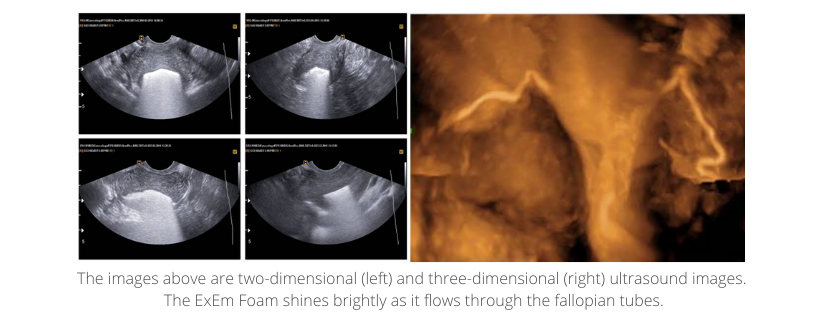- GOLDEN GATE MEDIHOPE GROUP SDN BHD
- Home
- Products (55)
- News
- Services
- Map
- Career
- Contact
- Web Statistic
- VISITORS:
Please login to use this feature.
You can use this feature to add the product to your favourite list.
Close
You have added this product to your favorite list.
Check My Favourite
Close
You have removed this product from your favourite list.
Close
Please login to use this feature.
You can use this feature to add the company to your favourites list.
Close
This company has been added successfully.
Check My Favourite
Close
This company has been removed from your favourite list.
Close
Please login to use this feature.
You can use this feature to add the company to your inquiry cart.
Close
This company has been added to your inquiry cart.
Close
This company has been removed from your inquiry cart.
Close
This product has been added to your inquiry cart.
Close
This product has been removed from your inquiry cart.
Close
Maximum number of Product/Company has been reached in inquiry cart.
Close
Daily Login Reward
Congratulations!
You��ve earned your daily login reward for today!
5 NP PointHere are the reward you��ve earned!
Check your Daily Login Rewards
Be sure to come back everyday for more rewards!
Thanks!
What is HyFoSy and What is ExEm Foam? Frequently Asked Questions.
13-Dec-2023
1. What is HyFoSy? Is it same as ExEm® Foam?
HyFoSy, short for Hysterosalpingo-Foam Sonography, is a diagnostic procedure used to evaluate the patency of the fallopian tubes and to examine the uterine cavity. This non-invasive test is often used in fertility assessments. ExEm® Foam is a branded contrast agent utilized in conducting HyFoSy procedures. Often, the terms "ExEm® Foam" and "HyFoSy" are used interchangeably, although they refer to different aspects of the same diagnostic process.
2. How is HyFoSy performed?
During HyFoSy, a foam contrast agent is gently introduced into the uterus through a thin catheter. An ultrasound is then used to track the flow of the foam, assessing the openness of the fallopian tubes and the condition of the uterine cavity.
3. Who should consider having a HyFoSy?
HyFoSy is recommended for individuals who are experiencing subfertility issues or have a history of recurrent miscarriages. It helps in diagnosing potential obstacles to natural conception.
4. Is HyFoSy painful?
Most patients experience minimal discomfort during HyFoSy. The sensation is often compared to menstrual cramps. The procedure is less invasive and typically less painful than similar tests like HSG (hysterosalpingography).
5. How accurate is HyFoSy?
HyFoSy is considered an accurate method for evaluating tubal patency, with accuracy rates comparable to traditional HSG and with significantly less painful experience during the procedure. It is also effective in identifying certain uterine abnormalities.
6. Can HyFoSy improve my chances of getting pregnant?
While HyFoSy is a diagnostic tool and not a fertility treatment, it can aid in conception. Studies found out that HyFoSy, which involve flushing the fallopian tubes, increase fertility rates in the short term, possibly by clearing minor blockages. This finding was published by Tanaka, Aust NZJ Obstet. Gyn 2018.
7. What are the risks associated with HyFoSy?
HyFoSy is generally a safe procedure with minimal risks. Occasionally, patients may experience mild side effects like spotting or pelvic discomfort.
8. How long does a HyFoSy procedure take?
The procedure typically takes about 15-30 minutes and is usually performed in an outpatient setting.
9. Do I need to prepare for a HyFoSy?
Preparation for HyFoSy may include avoiding sexual intercourse for a short period before the test and ensuring the procedure is scheduled at a specific time in your menstrual cycle. Your healthcare provider will give you specific instructions based on your situation.
10. How soon after HyFoSy can I resume normal activities?
Most individuals can resume normal activities immediately after the procedure. However, it's advisable to rest for a short period post-procedure and to avoid strenuous activities for the rest of the day.
11. When is the best time to undergo a HyFoSy procedure, and can it affect my fertility in the same cycle?
The optimal timing for a HyFoSy procedure is usually after menstruation but before ovulation, typically between days 6 and 10 of your menstrual cycle. This scheduling is chosen to minimize the risk of conducting the procedure during an existing pregnancy and to perform it outside of your fertile window. Regarding fertility post-procedure, if there are no complications and your fallopian tubes are open, it is indeed possible to conceive in the same cycle with no risk of teratogenicity (Exalto et al. RBM online 2014). HyFoSy does not inhibit ovulation or prevent pregnancy, so your natural fertility process should not be affected by the procedure.
12. Is there a sample video of how this procedure looks like?
Here is a sample of how HyFosy looks like in ultrasound https://www.facebook.com/MediHopeClinic/posts/pfbid03XHUnfig67hXJnwJmZpGsZGCdjNajWSYufiCUCoGUepdk9aoS23msHdSDcthQM3Dl
Main Office
GOLDEN GATE MEDIHOPE GROUP SDN BHD 202001011106 (1367426-M)
105G, Jalan Kenari 23, Bandar Puchong Jaya, 47170 Puchong, Selangor, Malaysia.
Tel:
Email:
Website: https://www.medihopeclinic.com.my
Website: https://medihopeclinic.newpages.com.my/
Website: https://medihopeclinic.onesync.my/
1
Browse by : Home - Classifieds - Companies - Location - Tags - Products - News & Promotion - Job Vacancy - Mobile Website - Google - SEO Results
 US 16885
US 16885  GB 12782
GB 12782  CA 10432
CA 10432  AU 5810
AU 5810  IE 2809
IE 2809  BR 2410
BR 2410  NZ 1691
NZ 1691  SG 800
SG 800










